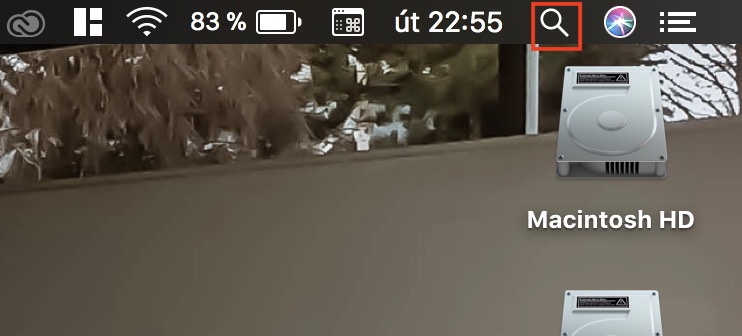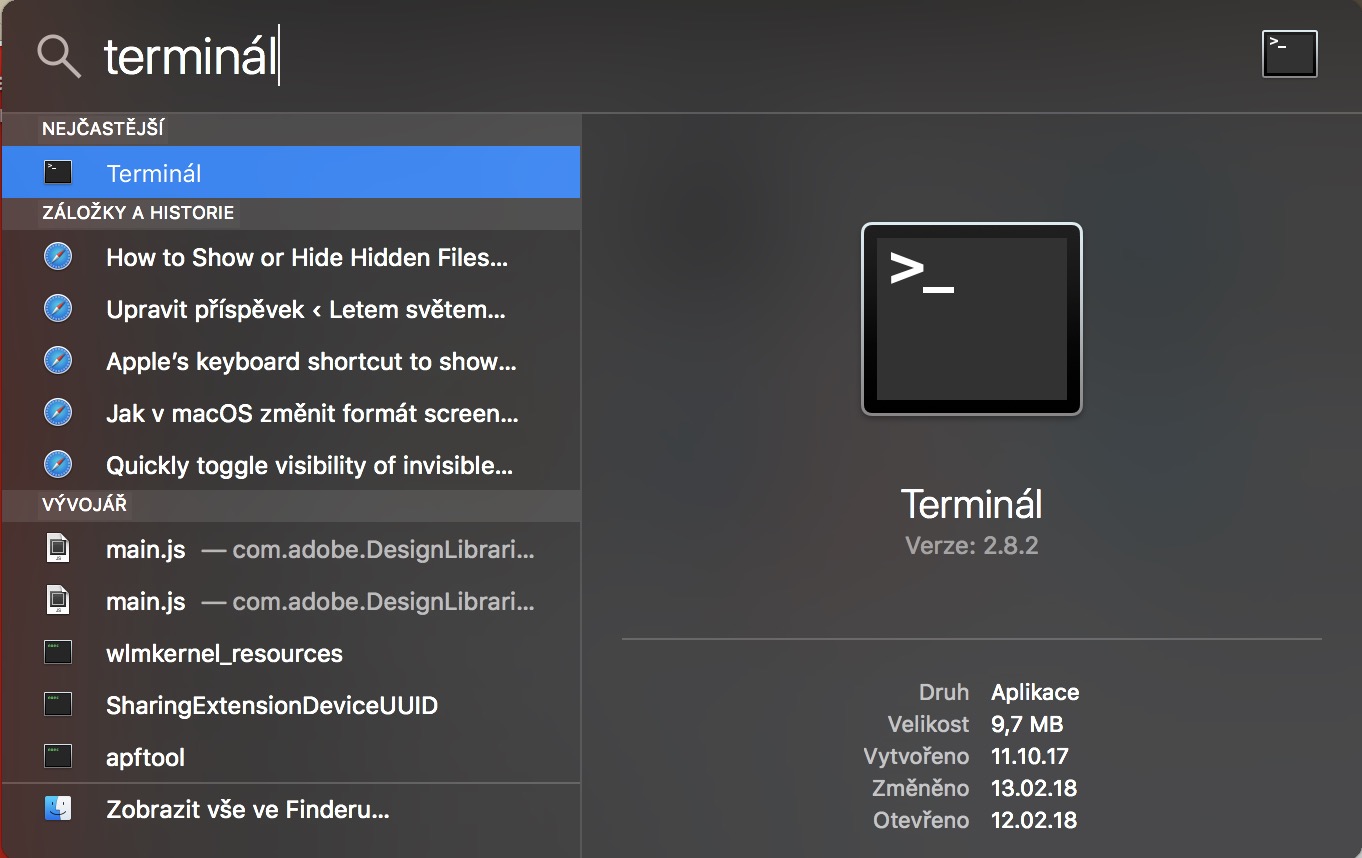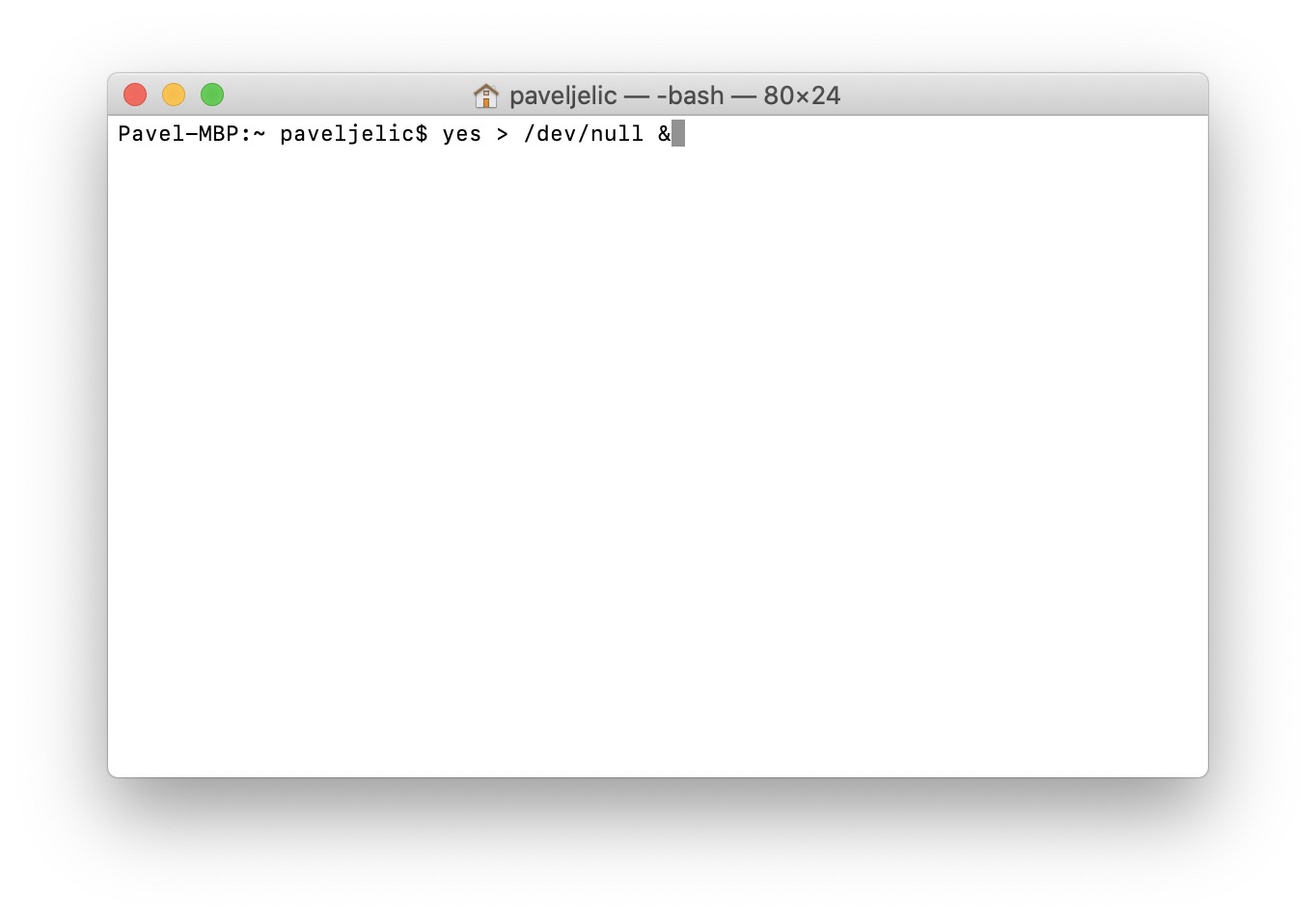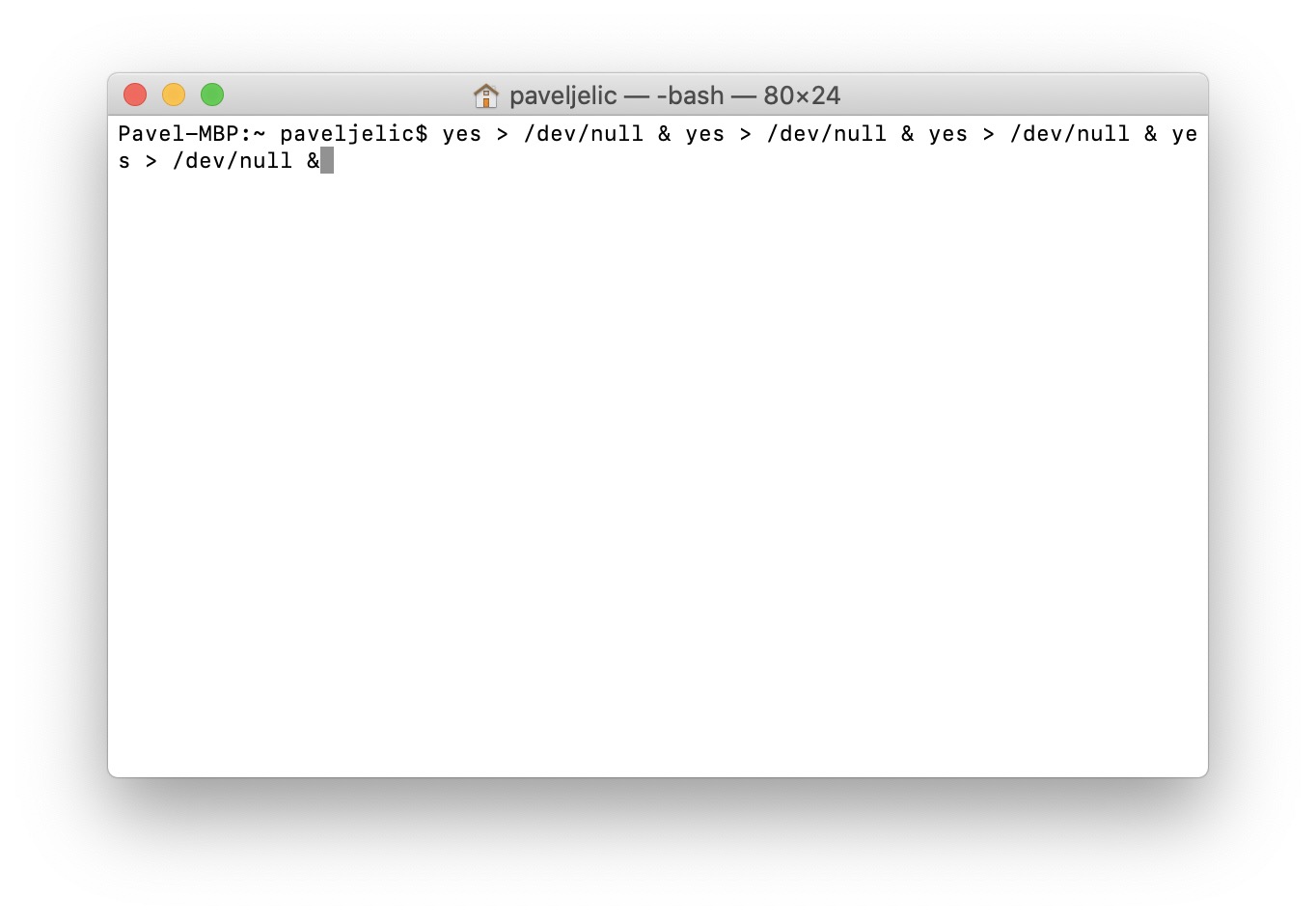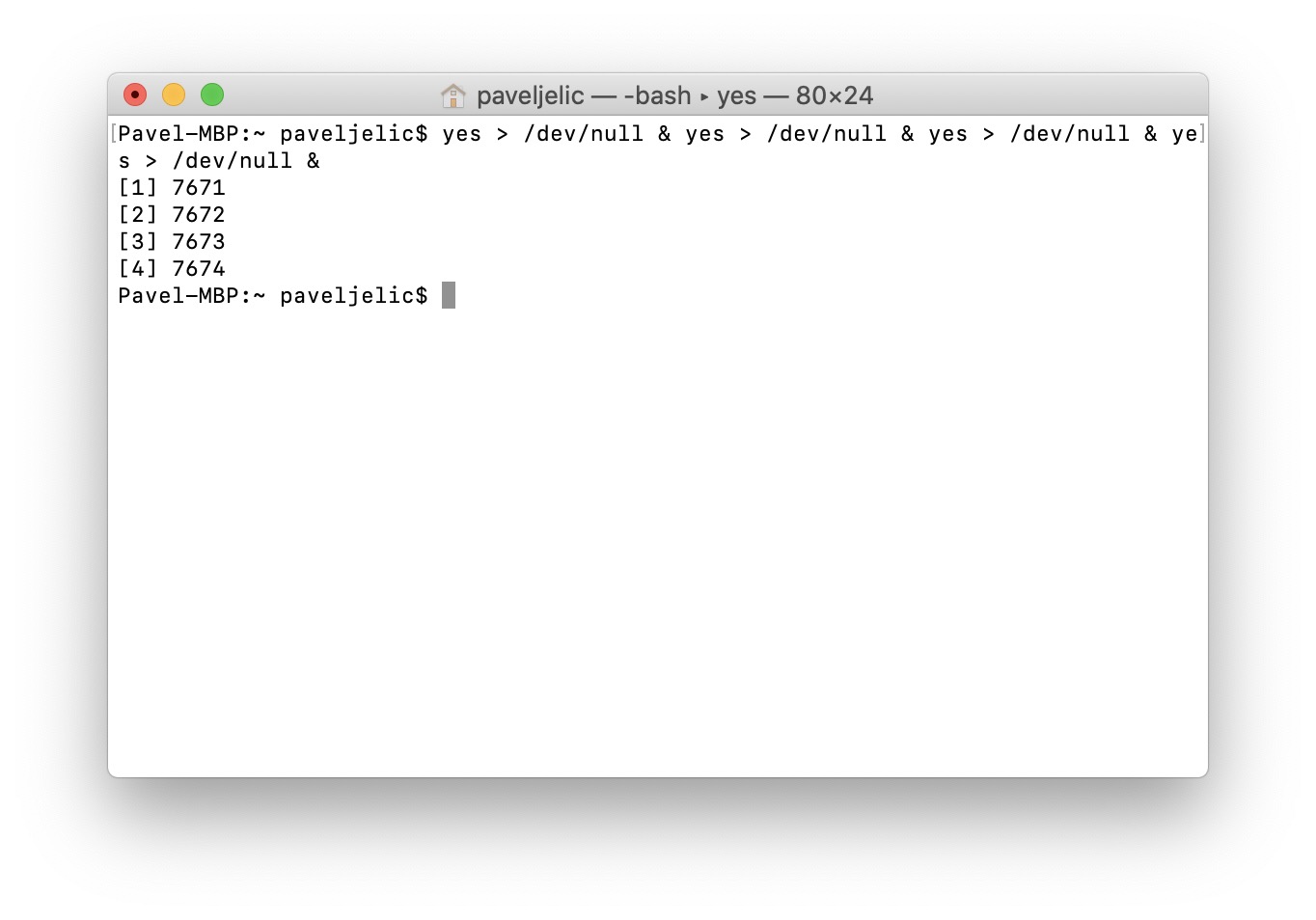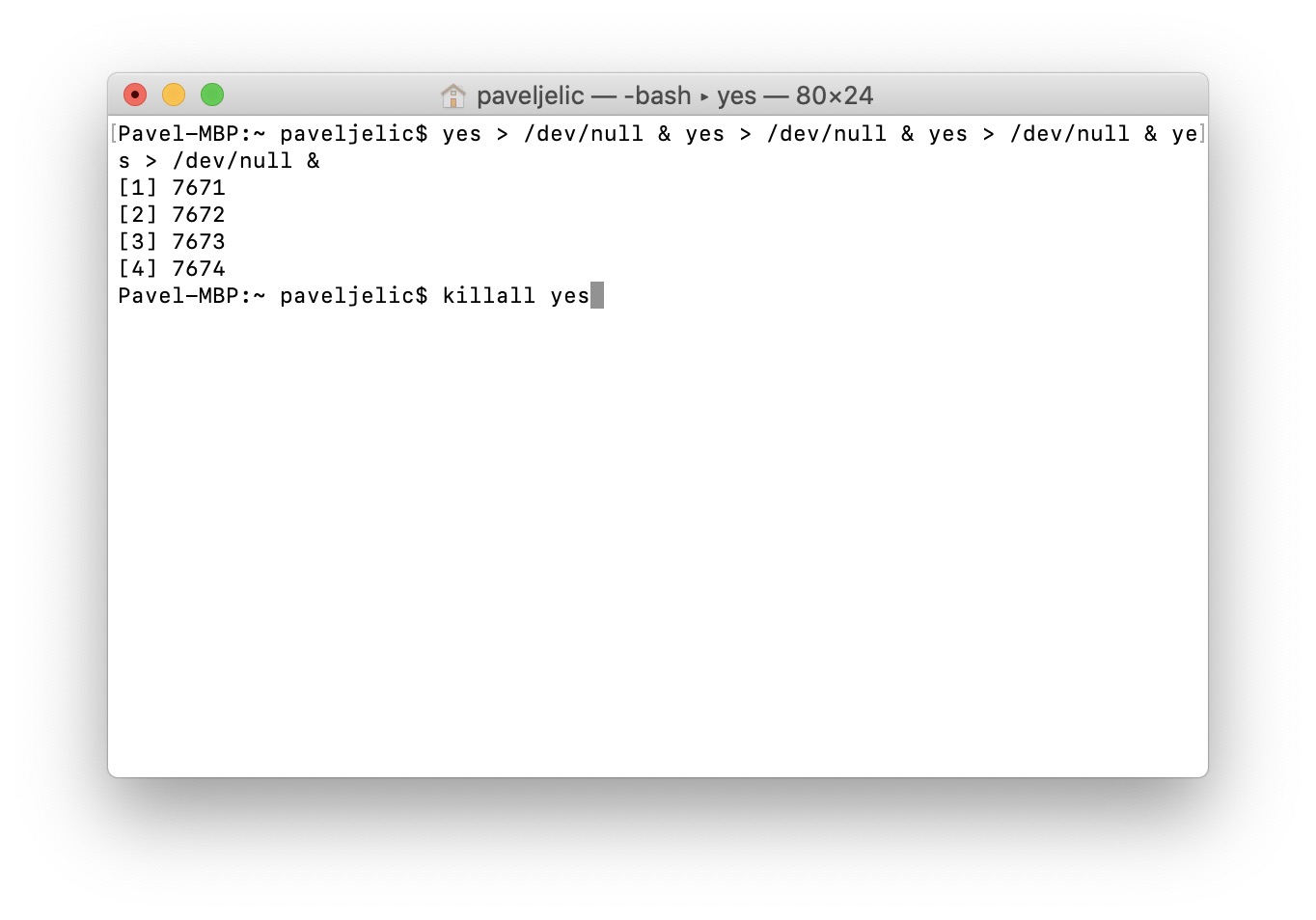Do you feel that your Mac or MacBook is not running as expected? Does it overheat at full power or does it even shut down completely? Or, have you replaced the thermal paste on the processor and want to see if the processor temperatures have improved? If you answered yes to at least one of the previous questions, then this article will definitely be useful for you. Terminal in macOS offers a simple option with which you can run a stress test of your Apple computer. This way, you can easily find out whether your Mac is running as expected or not.
It could be interest you
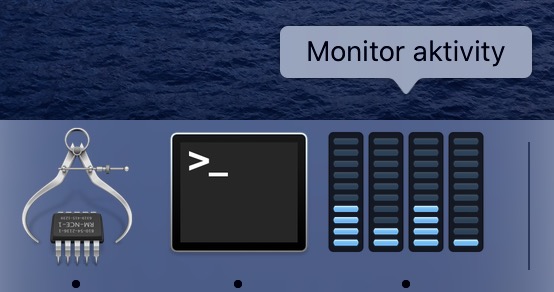
How to run a stress test on a Mac via Terminal
If you want to run a stress test on a Mac or MacBook without the need to install a third-party application, then proceed as follows. Run the application Terminal (can be found in Applications in the folder utilities, or you can run it with Spotlight). After starting the Terminal, a small window will appear, in which it is enough copy command said below. However, please read before applying the command a note which you find under the command of:
yes > /dev/null &
It should be noted that you must enter this command into the Terminal window as many times as cores has your processor inside your Mac or MacBook. If you are not sure how many cores the processor has, click in the upper bar on the left icon. Then select an option from the menu that appears About this Mac. In the section Přehled then pay attention to the line Processor, where you can find Number of cores your processor. If your macOS device has four cores, you must include the command after it four times with a space, see below:
yes > /dev/null & yes > /dev/null & yes > /dev/null & yes /dev/null &
Once you have entered the command in the Terminal as many times as you have cores, just confirm it with a key Enter. This will start the stress test of your macOS device, during which you can monitor how your Mac or MacBook behaves and what its temperatures are (for example in the application Activity monitor).
Once you want a stress test end, so copy this one command:
killall yes
Then it to Insert the terminal and confirm with the key Enter, thus ending the stress test. If your Mac or MacBook shuts down during the stress test, you most likely have a cooling problem. The cause can be, for example, a clogged or non-functioning fan or old and hardened thermal paste.
